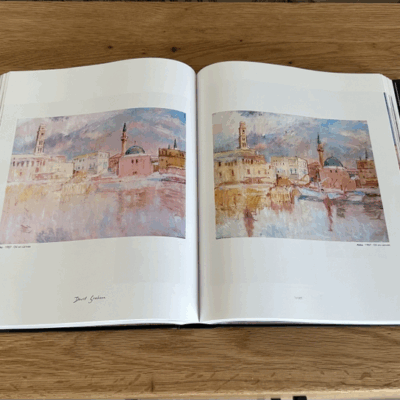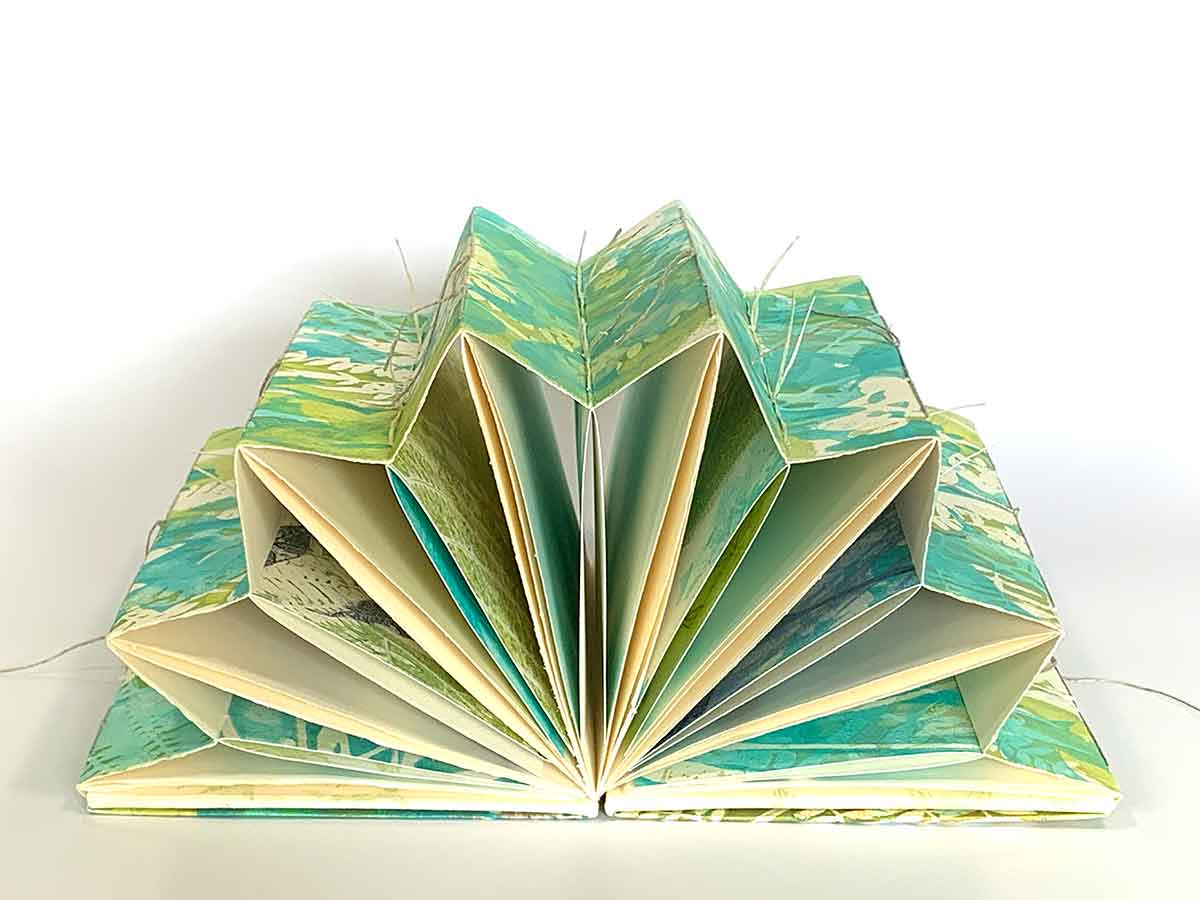What Makes a Great art book? Discover the Core Elements
What Makes a Great art book? Discover the Core Elements
Blog Article
Understanding the Process Behind Top Notch Art Book Printing for Art Fanatics
When it comes to top quality art book printing, recognizing the details of the process can elevate your appreciation for the end product. You could not recognize just how crucial paper selection and ink choices are to the vibrancy of artwork. Each component plays a considerable role in achieving the preferred result. As you explore the various parts of art book printing, you'll reveal understandings that might change your perspective on art conservation and presentation.
The Relevance of Paper Selection in Art Book Printing
When it pertains to art book printing, the choice of paper can make or damage the end product. You want your artwork to beam, and the best paper boosts shade vibrancy and information. Take into consideration factors like weight, appearance, and finish; these aspects significantly affect how visitors perceive your job.
For instance, a much heavier stock conveys high quality and durability, while a distinctive finish can add depth to photos. Smooth paper is excellent for thorough reproductions, permitting great lines and subtle tones to appear crisp.
Do not forget the paper's brightness; a brighter sheet can help colors pop, making your art extra appealing. You'll also desire to consider how the paper communicates with inks and whether it can deal with the printing procedure without contorting or bleed-through. Ultimately, picking the ideal paper sets the stage for your art, guaranteeing it records the audience's attention equally as you visualized.
Picking the Right Inks for Vibrant Recreations
Selecting the right inks is just as crucial as selecting high quality paper to achieve lively reproductions in your art book. When you're publishing art work, you want colors that pop and properly stand for the initial piece. Go with inks with a high pigment focus; these often tend to produce richer and a lot more saturated colors.
You could take into consideration making use of archival inks, which resist fading over time, ensuring your art book stays as striking as the day it was printed. If you're dealing with pictures or electronically developed art, pigment-based inks can supply a wider color gamut, improving detail and depth.
Do not forget the finish! Matte and shiny inks can considerably change the appearance of your artwork, so think concerning the look you're intending to attain - art book. Eventually, the appropriate ink selection complements your paper selection, producing a sensational visual experience for your viewers
The Function of Shade Monitoring in Publish Quality
Color monitoring plays a crucial duty in accomplishing high print high quality for your art book. It assures that the colors you see on your display equate precisely to the printed page. Without reliable shade management, your vibrant artworks might show up boring or distorted, undermining your creative vision.
To begin, calibrate your display frequently. This step aids keep consistent color depiction. Next off, utilize shade profiles tailored for your printer and paper kind. These profiles lead the printer in reproducing shades precisely, decreasing inconsistencies in between digital and published versions.
When you prepare your data, consider making use of a shade space like Adobe RGB or CMYK, depending on your printer's specifications. Always evidence your job, too; an examination print can disclose any kind of prospective shade problems prior to the final run. By prioritizing color administration, you secure the stability of your art, assuring your audience experiences it as you intended.

Understanding Various Binding Techniques
Attaining the ideal appearance for your art book goes past color management; binding techniques additionally play a significant role in its overall discussion and longevity. You have numerous options to review, each with its own unique attributes.
If you're aiming for a specialist feeling, situation binding uses a tough option with a hard cover, ideal for showcasing useful content your artwork. On the various other hand, ideal binding gives a flexible back while keeping expenses down, making it a preferred choice for softcover books.
Spiral binding enables your art book to lay level, which is fantastic for showing pictures without blockage. Saddle sewing is suitable for smaller brochures, providing a tidy surface without the mass.
Ultimately, the binding technique you pick need to reflect your creative vision and just how you want readers to engage with your job. Make certain to consider these options thoroughly to achieve the ideal outcome for your task.
The Influence of Print Size and Design on Discussion
While the choice of print dimension and layout may seem second to content, they considerably affect exactly how your artwork is perceived. The dimensions of your prints can either enhance or decrease the influence of your pieces. look at here now Bigger prints can draw customers in, permitting them to appreciate elaborate details, while smaller sized formats could call for even more intimate involvement.

Conservation Methods for Long-lasting Art Books
To assure your art books stand the examination of time, it's important to apply effective conservation strategies. Use acid-free storage space boxes or safety sleeves to shield them from dust and physical damages.
When handling your books, constantly wash your hands or use cotton handwear covers to avoid oils and dirt moving onto the web pages. Avoid bending or wrinkling the backs; instead, utilize book sustains when presenting them.
For added security, think about spending in archival-quality materials for any type of repair services or improvements. Routinely inspect your collection for indicators of wear or damages, dealing with problems without delay. By following these easy methods, you can assure your art publications continue to be vibrant and available for many years to find, maintaining their elegance and worth for future generations.
Collaborating With Printers for Optimal Results
When you're ready to print your art book, choosing the best printer is vital to accomplishing your vision. Clear interaction regarding your assumptions and requirements will assist ensure that both you and the printer are on the same page. Allow's discover just how to make this cooperation as smooth and reliable as feasible.
Choosing the Right Printer

Reliable Communication Techniques
Effective communication is necessary for turning your art book vision into fact, specifically when working together with printers. art book. Start by clearly describing your project's goals, consisting of layout components, recommended products, and any kind of specific printing methods. Don't be reluctant to share your motivations and referrals; this aids the printer understand your aesthetic
Be open to feedback, as printers usually have beneficial understandings that can improve your project. This collaboration will certainly ensure that your art book meets your assumptions and beams in its final form.
Frequently Asked Questions
What Are Common Blunders to Stay Clear Of in Art Book Printing?
When publishing your art book, prevent typical blunders like inadequate resolution pictures, incorrect shade accounts, and overlooking web page design. Don't neglect to check and confirm information to verify your end product satisfies your expectations.
How Does Digital Printing Differ From Typical Printing Approaches?
Digital printing utilizes digital documents to produce prints directly, enabling quicker turnaround and customization. In comparison, conventional approaches include physical plates, which can be taxing and less flexible for little runs or unique layouts.
What Is the Common Turn-around Time for Art Book Printing?
The common turnaround time for art book printing varies, but you can expect it to take anywhere from a couple of weeks to several months. Variables like complexity, amount, and printing method all affect this timeline.
Can I Print a Restricted Version Art Book Economically?
You can publish a limited version art book financially by selecting cost-efficient materials, maximizing print runs, and utilizing electronic printing alternatives. Careful preparation and budgeting will assist you attain quality without spending too much.
What Are the Ecological Considerations in Art Book Printing?
When thinking about art book printing, you need to think of environmentally friendly products, lasting inks, and energy-efficient processes (art book). Selecting neighborhood printers can additionally reduce your carbon footprint, making your job both gorgeous and eco responsible
Report this page